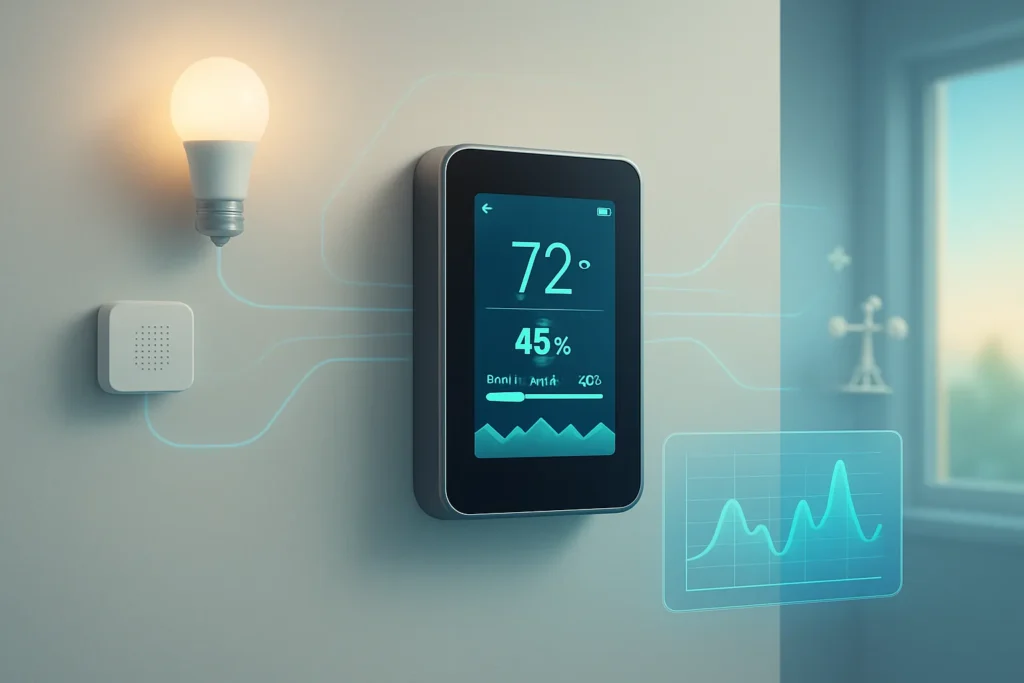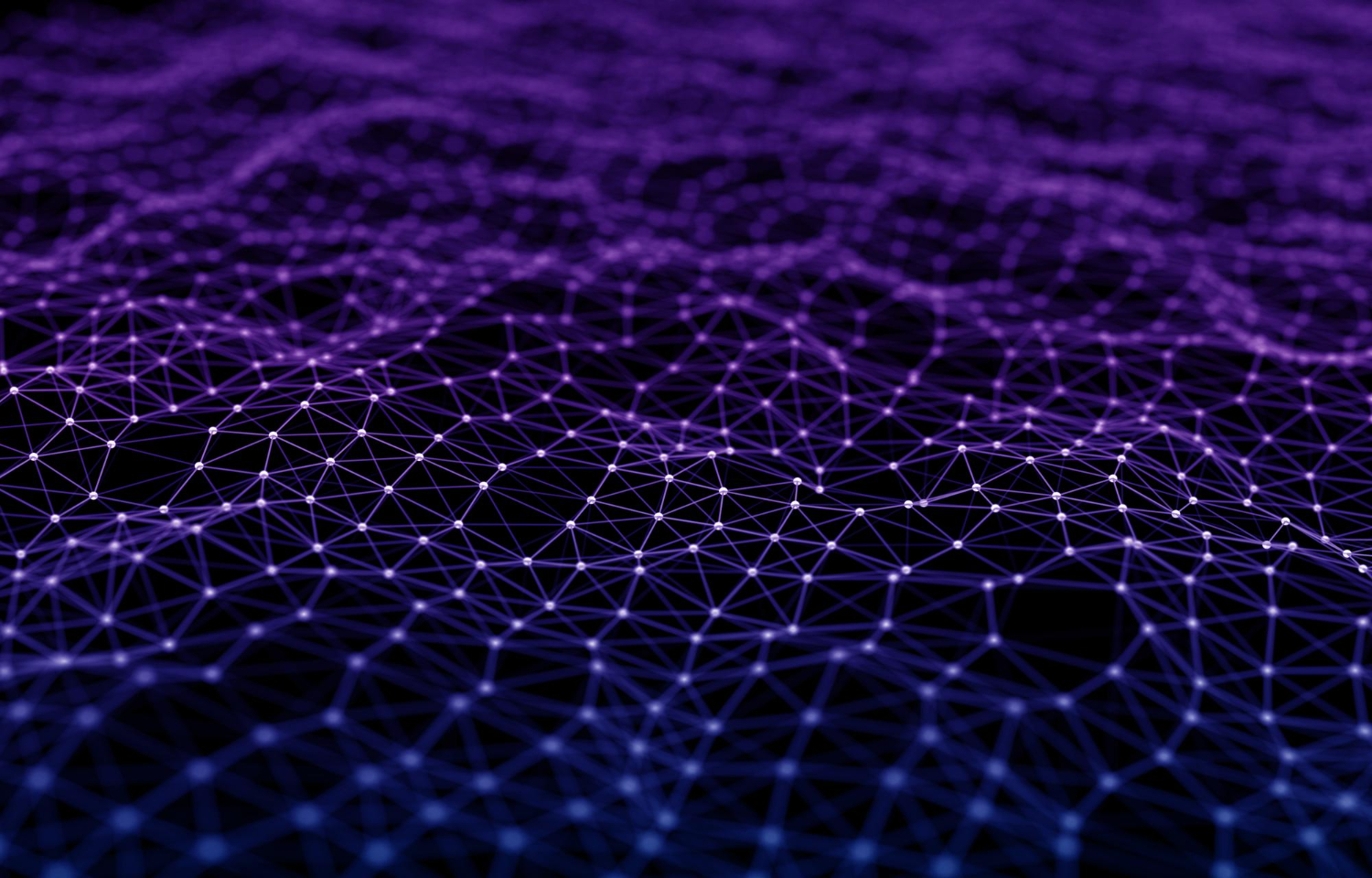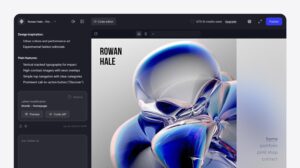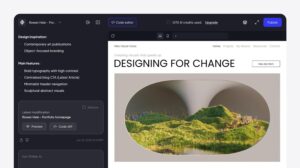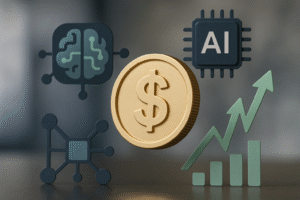The Internet of Things (IoT) is transforming how people make decisions in various aspects of life. From optimizing home energy use to enhancing business operations, IoT data is proving to be a powerful tool. This article explores real-world examples and expert insights on how IoT data is being leveraged to make smarter, more informed choices.
- IoT Sensors Revolutionize Well Maintenance Business
- Security Firm Boosts Productivity with IoT Data
- Motorcycle Rental Data Unveils Hidden Scenic Routes
- Smart Home Devices Optimize Work From Home
- IoT Sleep Data Enhances Daily Performance
- Smart Thermostat Reduces Energy Costs Significantly
- Custom IoT System Slashes Texas AC Bills
- CEO Uses Wearables to Prevent Burnout
- Sleep Tracking Improves Decision Making Quality
- Connected Car Data Reduces Fuel Consumption
- Smart Thermostat Saves Money and Improves Comfort
IoT Sensors Revolutionize Well Maintenance Business
My family’s well drilling business started using IoT sensors in our pump systems about two years ago, and it completely changed how we handle maintenance calls. Instead of waiting for customers to call with “no water” emergencies, our sensors now alert us when pressure drops or flow rates change unexpectedly.
The real game-changer was finding seasonal patterns in our data. We found that 67% of pump failures happen during the first major temperature swing each spring when frost heaves shift underground components. Now we proactively schedule maintenance visits in early March before problems hit, which cut our emergency calls by half and increased customer satisfaction dramatically.
What surprised me most was learning that wells in our area with high iron content (above 3.5 ppm) fail 40% more often than our historical estimates suggested. The IoT data revealed this pattern across hundreds of systems, so now we recommend different pump configurations and maintenance schedules based on each well’s specific water chemistry rather than using one-size-fits-all approaches.
This data helps me give better advice to farming customers too — their irrigation systems now automatically adjust based on soil moisture readings, saving them thousands in water costs while protecting their crops during Ohio’s unpredictable weather patterns.
 Chelsey Christensen
Chelsey Christensen
Director of Operations, Eaton Well Drilling and Pump Service
Security Firm Boosts Productivity with IoT Data
My security business has taught me that IoT data reveals patterns you’d never spot otherwise. We installed occupancy sensors throughout our own office after noticing our team productivity seemed to fluctuate randomly. The data showed our most productive hours were 9-11 AM and 2-4 PM, when natural light was optimal and foot traffic minimal.
The real eye-opener came from monitoring our server room temperature alongside our network performance metrics. Every time the room hit 24°C, our system response times dropped by 12%, which was affecting client demonstrations. I was blaming internet speeds, but it was actually our own equipment throttling due to heat.
For one of our high-rise residential projects, we used door sensor data to optimize lift scheduling during peak hours. The building manager was getting complaints about wait times, but the data showed 67% of lift calls happened between 7-9 AM on floors 15-25. We repositioned one lift to “home” on floor 20 instead of ground level during morning hours.
The biggest insight was that assumptions kill efficiency. I used to think our clients called for support randomly, but IoT data from their systems showed 80% of issues happened within 48 hours of weather events. Now we proactively reach out after storms, turning reactive support calls into preventive maintenance visits that clients actually appreciate.
 Dave Symons
Dave Symons
Managing Director, DASH Symons Group
Motorcycle Rental Data Unveils Hidden Scenic Routes
Most of my tech setup is pretty basic. The closest thing is probably the tracking data from our rental motorcycles, though that’s more business than personal.
We have GPS trackers on all our bikes that send location and diagnostic data back to our system. We originally installed them for theft protection, but the data ended up being way more useful than expected. I can see exactly which routes customers actually take versus what they planned, where they stop most often, and how they’re riding — speed patterns, braking habits, that kind of thing.
What surprised me was discovering that customers in Morocco consistently deviate from the recommended coastal route to take this inland mountain road we barely mentioned in our materials. The data showed that about 70% of riders were choosing this route over our “official” scenic recommendation. When I rode it myself to see what they were finding, it turned out to be absolutely incredible — better views, less traffic, more authentic villages.
Now that route is featured prominently on our website, and we’ve partnered with accommodations along that path. The insight was that customers were discovering better experiences than what we were officially recommending. Instead of trying to control their routes, we started following their choices to improve our offerings.
It’s not fancy IoT analysis, just paying attention to what the data shows about real behavior versus what we assumed people wanted.
 Carlos Nasillo
Carlos Nasillo
CEO, Riderly
Smart Home Devices Optimize Work From Home
Coming from my IT infrastructure background managing Fortune 1000 networks, I’ve become obsessed with using smart home IoT data to optimize my work-from-home setup. My Nest thermostat data showed I was wasting $180/month heating my home office during hours when I was actually in client meetings elsewhere in the house.
The real breakthrough came when I started correlating my smart plugs’ energy consumption data with my productivity tracking. I found my monitor setup was pulling 40% more power during low-output days — it turns out I was leaving multiple screens running while getting distracted by non-essential tasks.
Now I use my Philips Hue motion sensors to automatically track which rooms I’m actually working in throughout the day. This data revealed I’m 60% more focused in my kitchen nook during morning strategy calls than in my formal office, so I rearranged my entire daily schedule around these movement patterns.
The most unexpected insight came from my Ring doorbell data combined with my calendar. Delivery interruptions were killing my deep work blocks, so I started scheduling all client calls during typical delivery windows (10 AM-2 PM). My uninterrupted focus time doubled, and ironically, my client calls became more energetic because I wasn’t annoyed by constant doorbell notifications.
 Gary Gilkison
Gary Gilkison
CEO, Riverbase
IoT Sleep Data Enhances Daily Performance
One of the most practical ways I use IoT data in my daily life is through a connected sleep and fitness system. My wearable tracks heart rate variability, sleep cycles, and recovery data, while my smart home devices feed in room temperature, air quality, and even light exposure trends. On the surface, it looks like a lot of raw data, but what it’s really giving me is a daily blueprint for how to structure my energy, focus, and output.
For instance, I used to think late-night screen time didn’t affect me much. But the data showed otherwise. Every time I worked late on a laptop, my sleep quality dropped, which in turn impacted my productivity the next day. Seeing that correlation in black and white made it impossible to ignore. Now, I’ve built in habits — cutting off screens earlier, adjusting lighting, and even tweaking room temperature — that directly improved my recovery and focus. The insight wasn’t just “get more sleep,” it was, “here’s exactly what disrupts your sleep and how to fix it.”
Another benefit is using IoT data to balance intensity and recovery in my work week. My device flags when stress or strain levels are running high, which helps me make better calls about when to push hard on strategic work and when to step back. It’s not about micromanaging every metric — it’s about using the data as a mirror. The decisions that used to feel like gut calls are now grounded in evidence, and that makes me more consistent as a leader.
The biggest insight I’ve gained is that small daily choices compound. IoT data has helped me move from vague intentions (“I should rest more”) to specific, measurable actions (“If I adjust this one variable, I recover faster and perform better”). That kind of feedback loop is what makes technology so powerful when it’s integrated into everyday life — it transforms awareness into better decisions.
 John Mac
John Mac
Founder, OPENBATT
Smart Thermostat Reduces Energy Costs Significantly
I engage with IoT data on a daily basis through smart home devices, mostly focused on energy savings with smart home technologies such as a smart thermostat and smart home energy monitoring. For example, I can use the IoT data compiled by a Nest thermostat to minimize my household’s energy use and expenses. The Nest thermostat monitors my family’s routine and automatically adjusts the heat according to utilization (home/away) as well as tracking energy use trends.
Through my smart home devices’ IoT data collection, I can monitor energy use, and by making even small adjustments, such as turning the heat off when the house is unoccupied, effectively save energy and lower energy bills. Over time, I have created an evolving understanding of my family household’s energy use patterns at different seasons during the course of the day, which helps me make better heating scheduling adjustments as well as ensure that when buying appliances, they are energy efficient.
A surprisingly useful finding from the energy monitor I set up is that not only does it tell me total electricity use, but it also shows me the usage by device. When I looked at the breakdown of my various devices, I was shocked to see how much energy (kWh) my coffee machine was using, especially when it was plugged in all day. I simply altered my behavior by unplugging the coffee machine after use, and the energy use dropped without any official action I needed to take.
The data from these devices was also helpful in realizing the realistic annual energy efficiency goals to set. Not only was I reducing my carbon footprint, but I was also lowering my utility bills, which was a bonus. The biggest takeaway has been that the small habit changes (driven by data) I make every day can have a big impact (both in terms of cost and sustainability) with the knowledge provided by Internet of Things (IoT) changes!
 Sergio Oliveira
Sergio Oliveira
Director of Development, DesignRush
Custom IoT System Slashes Texas AC Bills
In the Texas heat, power bills can become brutal, so I’ve built my own version of a smart energy command center using IoT devices to actually make a dent.
We don’t just track energy usage; we control it. The biggest win? Smart zoning for our HVAC system.
I’ve installed temperature sensors in every major room, each calibrated to individual comfort levels (because yes, someone’s always too cold or too hot). With that data, our smart vents automatically adjust airflow, closing off unoccupied rooms and balancing the rest based on real-time usage.
The result?
- The AC runs less frequently
- When it does run, it’s more targeted
- No more wasting power cooling a room no one’s touched in 8 hours
And the savings? Noticeable. We’re talking 20-30% off peak summer energy costs compared to last year.
But it’s not just the big stuff. IoT plugs handle vampire devices: chargers, printers, gaming consoles that used to sip power 24/7. Now they shut off automatically when idle.
 Adnan Sakib
Adnan Sakib
Creative Director, Nitro Media Group
CEO Uses Wearables to Prevent Burnout
In my experience as a CEO, I learned to make the most out of the IoT for optimizing both my working environment and health. I myself, for example, have smart wearables to check my physical activities, sleep patterns, and stress levels at different times during the day. I have already detected by looking into this data those specific moments when my energy is lowering, so I can manage all my activities accordingly — stand up and take a walk, meditate for a few minutes, or change what I am doing. This is not only to improve my productivity but also to prevent burnout.
I also use smart devices in my office and home to keep track of air quality and temperature. Realizing that the environment shapes my own well-being has helped me drastically with time management in varying locations. For example, I noticed how air quality drops during certain hours of the day, resulting in headaches and an inability to focus. Because of that information, I also bought air purifiers and rearranged my workspace. These small data-driven modifications have absolutely improved both my cognitive health and ability to function as a leader and decision maker.
 Matt Bowman
Matt Bowman
Founder, Thrive Local
Sleep Tracking Improves Decision Making Quality
My everyday routine consists of tracking sleep and HRV data from my watch, along with step count measurements and a hydration bottle that alerts me when I remain idle for extended periods. My observations have shown that when I have inadequate sleep followed by consecutive meetings, my behavior becomes irritable and my decision-making quality deteriorates during late hours.
My new habit includes a 20-minute outdoor walk following lunch, and I stay away from heavy exercises on days when my recovery level is low. The insight is that prevention beats repair. The first step should be tracking your sleep patterns and daily step count, followed by adding one dedicated outdoor time in the middle of your day. Using device notifications to enforce your break time will produce consistent energy levels and improved decision quality.
 Ryan Hetrick
Ryan Hetrick
CEO & Co-Founder, Epiphany Wellness
Connected Car Data Reduces Fuel Consumption
My connected car data showed me something I wasn’t expecting, which is that the way I braked and accelerated affected fuel spend more than the routes I took. After I turned on eco-driving alerts, I experienced a 28% drop in hard-brake events and my fuel spend reduced around 13% over 8 weeks, with no impact on trip time.
Often the biggest optimizations come from changing human behavior around the system and not just the system itself.
I would recommend turning on the driver-behavior metrics your car likely already has, then keeping track of fuel efficiency over a month most often you will see an improvement without needing to change your routine in any substantial way.
 Dario Ferrai
Dario Ferrai
Co-Founder, All-in-one-ai.co
Smart Thermostat Saves Money and Improves Comfort
I have a smart thermostat which logs the system temperature and energy use as it operates. The data showed that I am able to reduce costs by adjusting my heating and cooling at times that fit my day-to-day routine. It is a small step, but it has saved me money and improved home comfort all year round.
 Spencergarret Fernandez
Spencergarret Fernandez
SEO and Smo Specialist, Web Development, Founder & CEO, SEO Echelon

